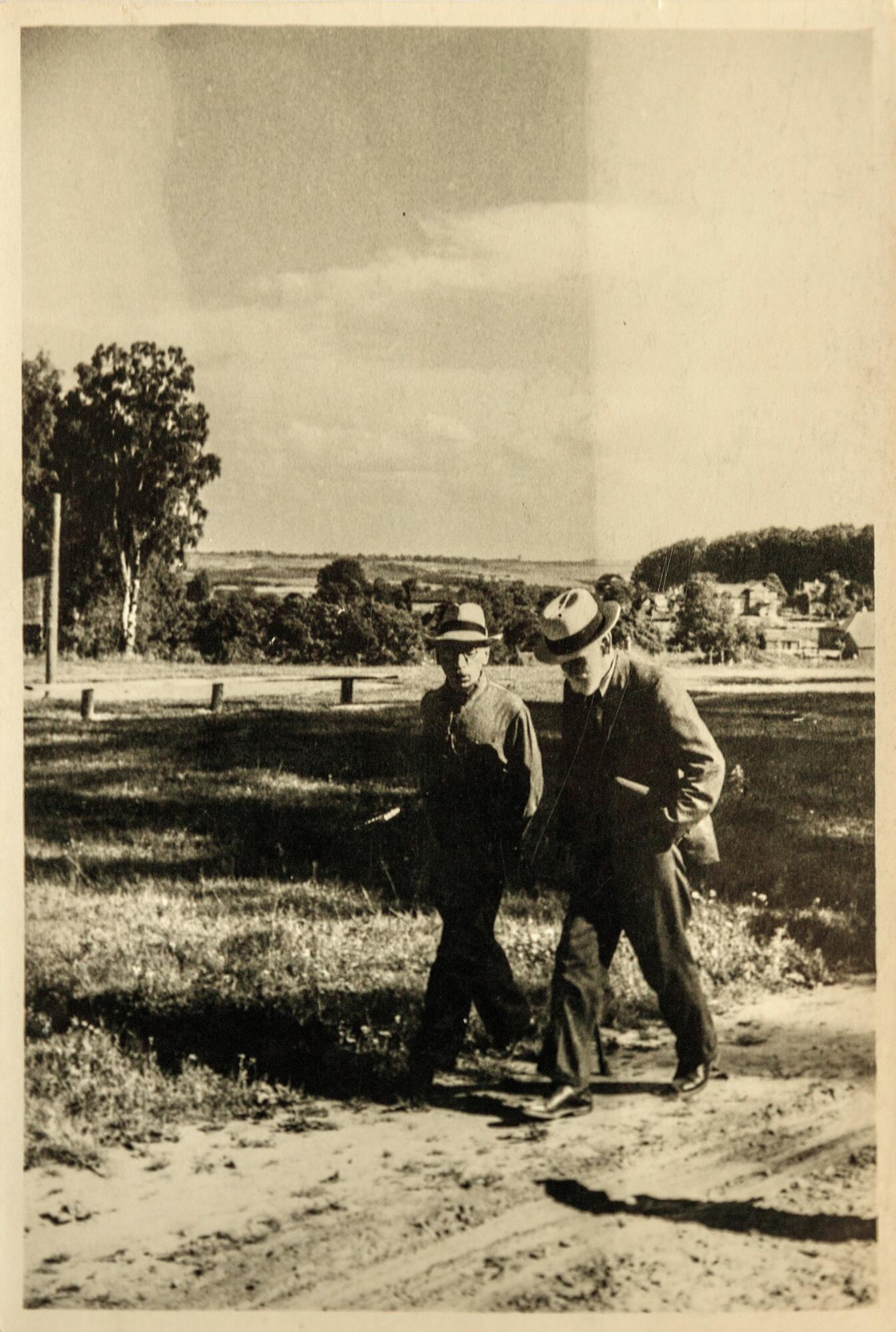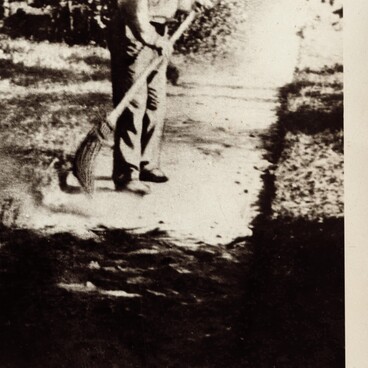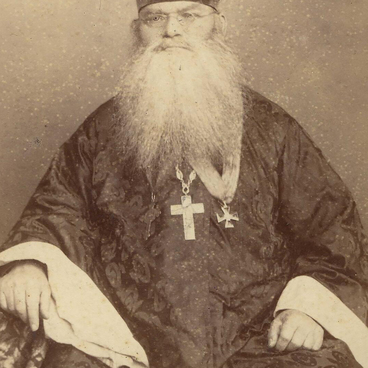The photograph shows Ivan Petrovich Pavlov walking with his colleague Viktor Viktorovich Rickmann in Koltushi near Petrograd. There, in the 1920s, a biological station and a laboratory at the Institute of Experimental Medicine were established. The building featured an inscription which translates as “Experimental genetics of the higher nervous activity”, and on the tower of the building was an inscription “Observation and observation” — the academician Pavlov’s motto.
Koltushi gained worldwide fame as the “capital of conditioned reflexes” and the center of physiology and pathology of higher nervous activity. The laboratory in Koltushi has been preserved as a museum and exhibition center, it is a UNESCO World Heritage Site, located in the village of Pavlovo. Ivan Petrovich Pavlov was very fond of Koltushi, admired the local nature, and went there on vacations with his family during the last years of his life.
In Koltushi, Ivan Petrovich Pavlov walked around a lot together with his students Kupalov and Speransky. Once Ivan Petrovich was shocked when Kupalov noticed that the signposts were set apart from each other at a certain distance. Pavlov realized that it was possible to use them to measure the duration of the walking against the clock — an idea he had never had until that moment. The scientist enjoyed this immensely, he always calculated his walking speed and did not feel tired. Ivan Petrovich took 120 steps per minute.
The longevity and enormous productivity of the physiologist Ivan Pavlov were largely the result of his vigorous physical activity. He developed the habit of doing gymnastics as a child, he did a lot of exercises on the horizontal bar in the garden together with his brothers and always took up seasonal physical work on the estate. Ivan Pavlov’s favorite outdoor game was the gorodki, and he liked to organize tournaments for his friends and relatives.
The scientist believed that physical exercise is the most important thing since it stimulates the functions of all body systems. He considered it essential to take walking breaks during periods of intense work and believed that this helped restore strength. The movements associated with walking help to stretch the muscles, improve blood flow, and improve heart and brain health. Folk wisdom claims, “Those who walk live for long.”
Koltushi gained worldwide fame as the “capital of conditioned reflexes” and the center of physiology and pathology of higher nervous activity. The laboratory in Koltushi has been preserved as a museum and exhibition center, it is a UNESCO World Heritage Site, located in the village of Pavlovo. Ivan Petrovich Pavlov was very fond of Koltushi, admired the local nature, and went there on vacations with his family during the last years of his life.
In Koltushi, Ivan Petrovich Pavlov walked around a lot together with his students Kupalov and Speransky. Once Ivan Petrovich was shocked when Kupalov noticed that the signposts were set apart from each other at a certain distance. Pavlov realized that it was possible to use them to measure the duration of the walking against the clock — an idea he had never had until that moment. The scientist enjoyed this immensely, he always calculated his walking speed and did not feel tired. Ivan Petrovich took 120 steps per minute.
The longevity and enormous productivity of the physiologist Ivan Pavlov were largely the result of his vigorous physical activity. He developed the habit of doing gymnastics as a child, he did a lot of exercises on the horizontal bar in the garden together with his brothers and always took up seasonal physical work on the estate. Ivan Pavlov’s favorite outdoor game was the gorodki, and he liked to organize tournaments for his friends and relatives.
The scientist believed that physical exercise is the most important thing since it stimulates the functions of all body systems. He considered it essential to take walking breaks during periods of intense work and believed that this helped restore strength. The movements associated with walking help to stretch the muscles, improve blood flow, and improve heart and brain health. Folk wisdom claims, “Those who walk live for long.”


